The Anaheim pepper (Capsicum annuum) is a mild chili pepper with a heat level of 500-2,500 Scoville Heat Units (SHU), making it ideal for those seeking flavor without intense heat. Known for its earthy, slightly sweet, and grassy notes, it's widely used in Southwestern and Mexican cuisine for roasting, stuffing, and sauces. Whether you're a beginner or experienced cook, this versatile pepper is a kitchen essential.
Table of Contents
- What Is Anaheim Pepper?
- Heat Level & Flavor Profile
- Top 5 Culinary Uses
- Anaheim vs. Other Mild Peppers
- Buying Guide
- Growing Your Own
- FAQs
- Key Takeaways
What Is Anaheim Pepper?
The Anaheim pepper, scientifically known as Capsicum annuum, originated in Anaheim, California. It's commonly mistaken for poblano peppers when dried, but has a milder heat profile and distinct flavor. Widely used in Southwestern and Mexican dishes, it's become popular in home kitchens globally for its adaptability.
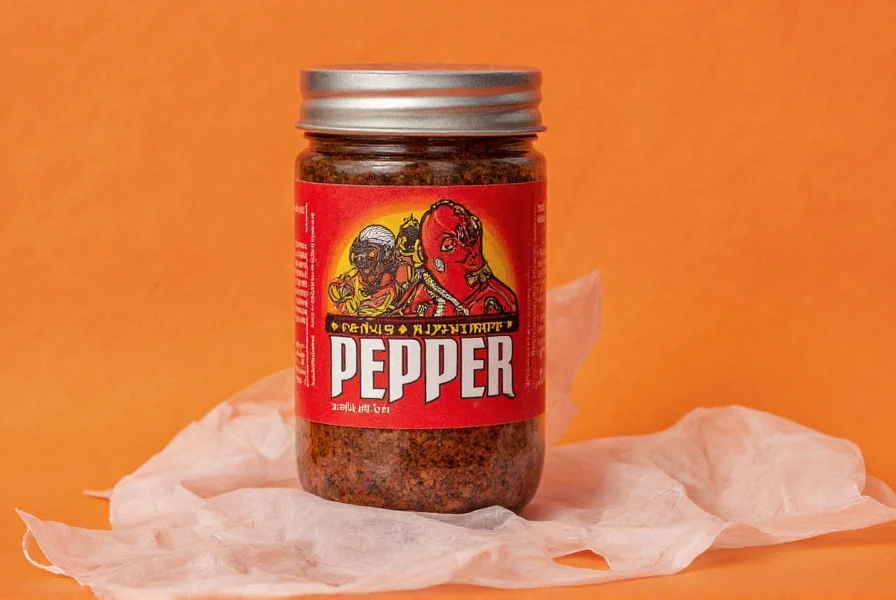
Heat Level & Flavor Profile
Key characteristics at a glance:
| Pepper | Heat Level (SHU) | Flavor Notes |
|---|---|---|
| Anaheim | 500–2,500 | Mild, earthy, slightly sweet |
| Poblano | 1,000–2,000 | Richer, smoky when roasted |
| Jalapeño | 2,500–8,000 | Grassy, crisp with more bite |
| Bell Pepper | 0 | Sweet, crunchy, no heat |

Top 5 Culinary Uses
Maximize this pepper's versatility with these practical applications:
- Stuffed Peppers: Thick walls hold fillings perfectly. Bake with cheese, rice, or seasoned meat for a hearty meal.
- Roasted Salsas & Sauces: Char over flame, blend with tomatoes and onions for smoky depth without overpowering heat.
- Milder Chili Rellenos: Substitute for poblanos in traditional recipes—ideal for heat-sensitive palates.
- Stir-Fry Enhancer: Sliced thin, they retain crunch in high-heat cooking and add vibrant color.
- Smoky Sandwich Topping: Char, peel, and layer on burgers or subs for a subtle roasted flavor.
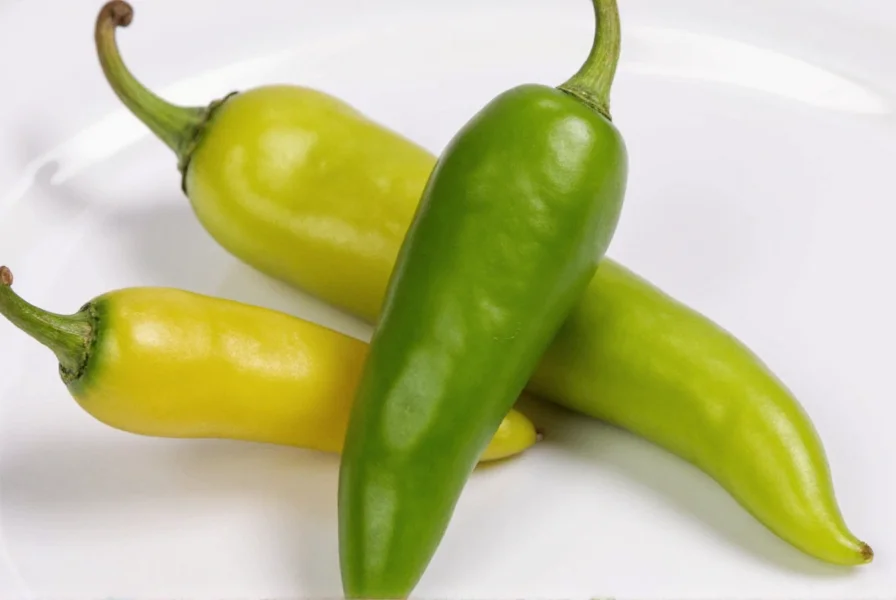
Anaheim vs. Other Mild Peppers
When choosing the right pepper for your dish:
| Pepper | Best For | Pros | Cons |
|---|---|---|---|
| Anaheim | Stuffed dishes, roasting, sauces | Mild, versatile, easy to grow | Loses flavor when dried |
| Poblano | Chili rellenos, moles | Rich flavor, holds shape when stuffed | Shorter shelf life |
| Jalapeño | Pickling, fresh salsas | Familiar heat, widely available | Too sharp for delicate dishes |
| Hatch | Southwest grilling, chile sauces | Complex smoky notes | Seasonal availability |
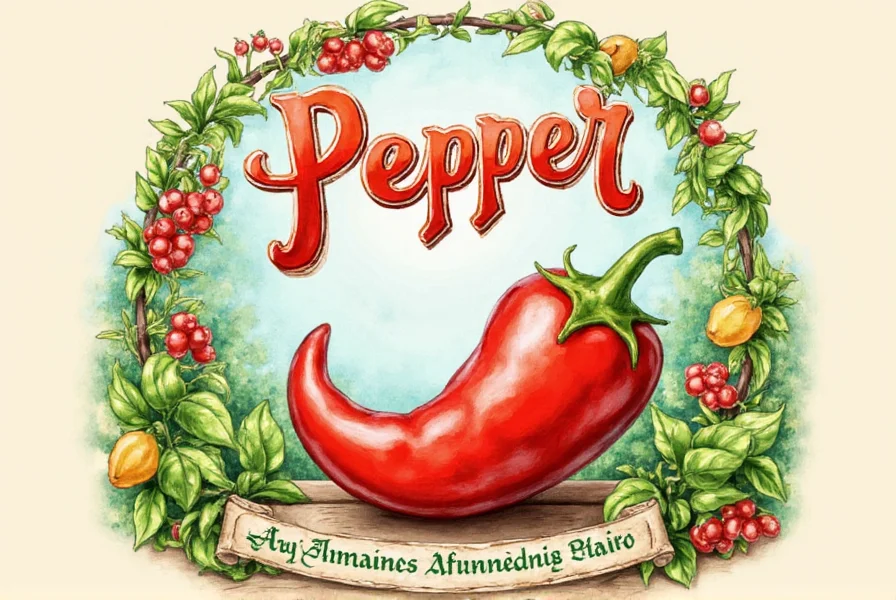
Buying Guide
Ensure peak freshness with these tips:
- Firmness: Avoid soft spots or wrinkled skin
- Color: Bright green for mild flavor; red indicates ripeness but still usable
- Size: Medium-large for stuffing; small for salsas
- Stem: Fresh green stem = freshness; brown/dry = old
- Storage: Paper bag in fridge crisper; avoid airtight containers
| Product | Key Features | Best Use Case | Target Audience |
|---|---|---|---|
| Fresh Organic Anaheim Peppers (1 lb) | Certified organic, sustainably grown | Home cooking, grilling, roasting | Health-conscious cooks, amateur chefs |
| Dried Anaheim Powder (4 oz) | Mild spice, quick-dissolve | Seasoning blends, soups, stews | Spice enthusiasts, gourmet cooks |
| Anaheim Pepper Seeds (Pack of 25) | Non-GMO, heirloom variety | Home gardening, seed saving | Gardeners, plant lovers |
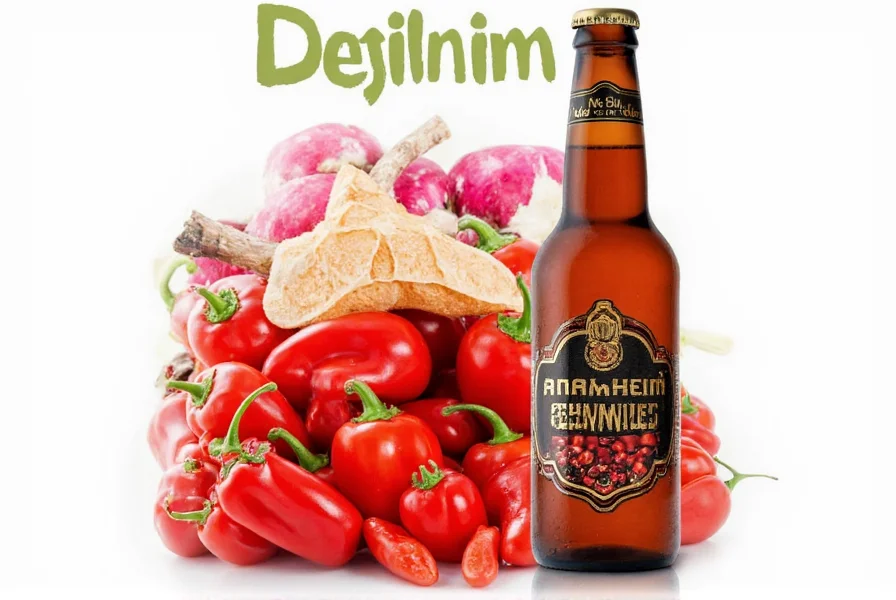
Growing Your Own
Simple steps for successful cultivation:
- Climate: Zones 3–10; thrives in warm weather
- Soil: Well-draining, pH 6.0–6.8
- Sunlight: Minimum 6 hours daily
- Water: Consistently moist (not soggy); deep weekly watering in dry spells
- Harvest: Green for mild flavor; red for sweeter notes
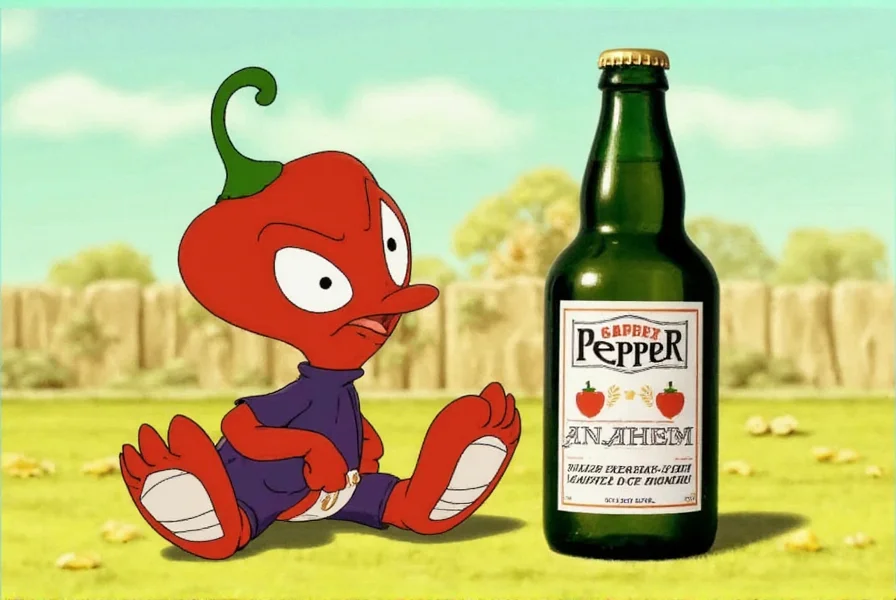
Frequently Asked Questions
How hot are Anaheim peppers compared to jalapeños?
Anaheim peppers (500–2,500 SHU) are generally milder than jalapeños (2,500–8,000 SHU). While their heat ranges overlap at the lowest end of jalapeños, Anaheims consistently deliver less heat—ideal for those avoiding intense spice.
What's the best substitute for Anaheim peppers?
Top substitutes:
- Poblano peppers (similar mild heat with richer flavor)
- Cubanelle peppers (even milder, sweet flavor)
- Hatch chiles (seasonal but very similar)
- Green bell peppers (for non-spicy dishes only)
Avoid jalapeños as direct substitutes—they're typically too hot unless significantly reduced.
Can you eat Anaheim peppers raw?
Yes! Raw Anaheims have crisp texture with mild, grassy sweetness. Perfect for salads, sandwiches, or veggie platters. Roasting enhances their natural sugars and adds smoky depth for cooked dishes.
How to store Anaheim peppers?
Store fresh peppers in a paper bag in the fridge crisper drawer—they'll last 1–2 weeks. For longer storage: roast, peel, and freeze in airtight containers (up to 6 months). Never use airtight containers for fresh peppers, as trapped moisture causes spoilage.
Anaheim vs. poblano peppers: key differences?
Key distinctions:
- Shape: Anaheims are longer (6–10 inches) and slender; poblanos are wider and heart-shaped
- Heat: Anaheims average 500–2,500 SHU; poblanos average 1,000–2,000 SHU
- Flavor: Anaheims have grassy notes; poblanos are earthier
- Dried form: Dried poblanos become "ancho"; dried Anaheims have no specific name
- Culinary use: Poblanos hold shape better when stuffed; Anaheims excel in sauces and roasting
When is Anaheim pepper season?
Peak season is late summer to early fall (August–October), but modern farming ensures year-round availability in most grocery stores. Home growers typically harvest 70–80 days after transplanting.
How to roast Anaheim peppers properly?
- Wash and dry peppers
- Char directly over gas flame, broiler, or grill until evenly blackened (5–8 minutes)
- Seal in a paper/plastic bag for 10–15 minutes to steam and loosen skin
- Peel off blackened skin from stem end
- Remove seeds/membranes (optional for reduced heat)
- Use immediately or refrigerate up to 5 days
Roasting brings out natural sweetness and adds subtle smokiness—perfect for salsas, sauces, and sandwiches.
Key Takeaways
The Anaheim pepper delivers exceptional versatility with its mild heat and nuanced flavor. From roasting to stuffing, it adapts seamlessly to countless dishes while remaining accessible for beginners. Its year-round availability and ease of cultivation make it a must-have ingredient for any kitchen.











 浙公网安备
33010002000092号
浙公网安备
33010002000092号 浙B2-20120091-4
浙B2-20120091-4